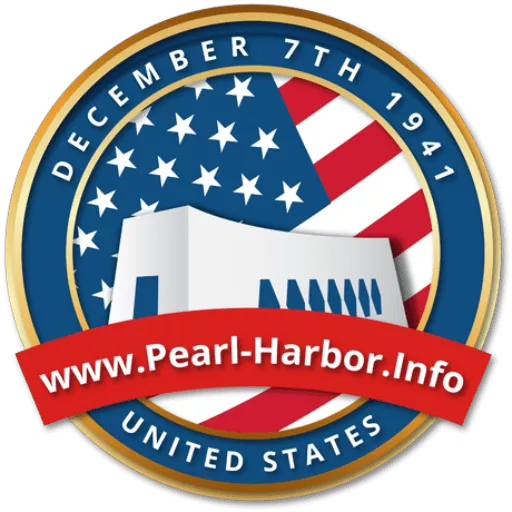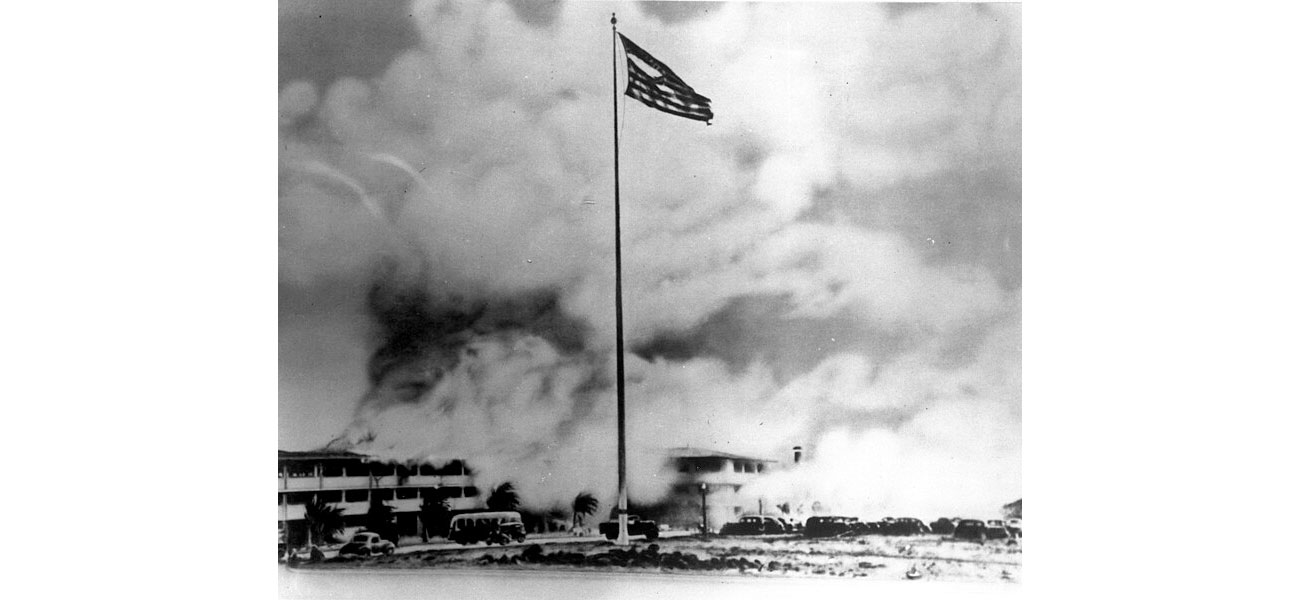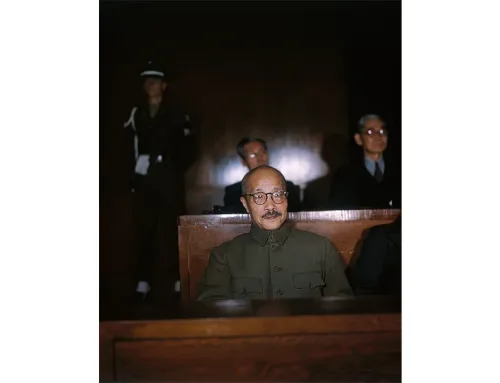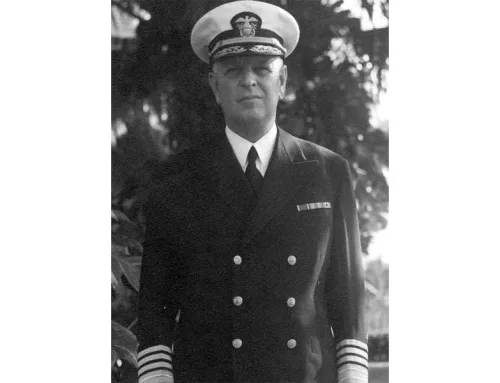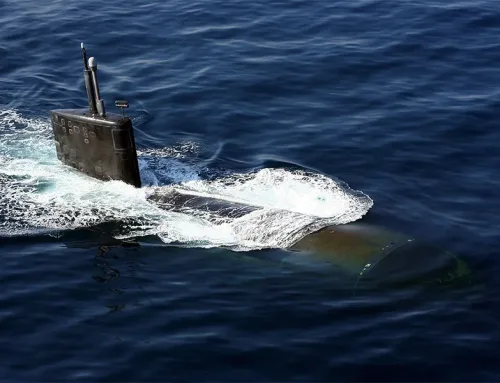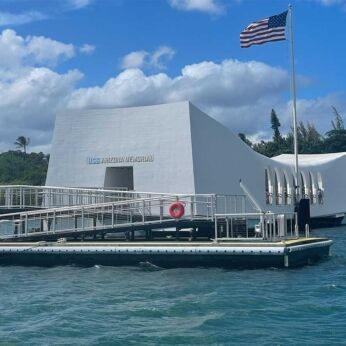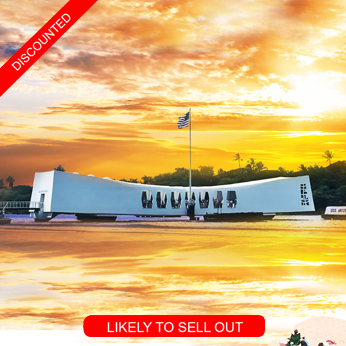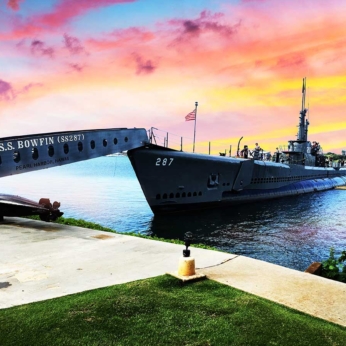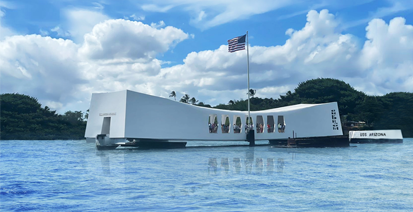America After the Attack on Pearl Harbor
Hickam Airfield, NPS photo, 1941,NPGallery <https://npgallery.nps.gov/>, PD-USGov-NPS PERL
America after the attack on Pearl Harbor made took some steps. On December 7, 1941, marked a pivotal moment in American history. It was a day that shattered the nation’s sense of security and thrust the United States into World War II. The immediate aftermath saw the country rallying behind the war effort with unprecedented unity, but it also led to significant domestic changes that have had lasting effects.
A Nation United
Before Pearl Harbor, the United States had been deeply divided over whether to enter the war. The isolationist sentiment was strong, with many Americans believing that the Atlantic and Pacific Oceans provided enough protection from the conflicts raging in Europe and Asia. However, the attack obliterated this false sense of security. Almost overnight, public opinion shifted, and the nation united in its resolve to defeat the Axis powers. Men enlisted in droves, and women took on new roles in factories and the military, symbolizing a national effort where everyone was called to contribute.
The Home Front
The fear and paranoia that followed the attack also led to significant changes on the home front. The U.S. government quickly imposed new regulations aimed at protecting national security. These included blackouts in coastal cities, the rationing of essential goods, and the establishment of air raid drills across the country. The government also took more extreme measures, such as censoring the press and controlling the flow of information to maintain morale and prevent panic.
Local governments took these measures even further, often imposing their own regulations. For instance, in many places, foreign nationals, particularly those of Japanese, German, and Italian descent, were required to register with the authorities. In some cases, radios and cameras were confiscated to prevent espionage. This atmosphere of suspicion extended to all foreigners, exacerbating racial and ethnic tensions in a country already struggling with issues of discrimination.
The Tragedy of Internment
One of the most controversial and tragic decisions made in the aftermath of Pearl Harbor was the internment of Japanese-Americans. On February 19, 1942, President Franklin D. Roosevelt signed Executive Order 9066, which authorized the forced relocation and internment of around 120,000 people of Japanese ancestry, most of whom were U.S. citizens. These individuals were uprooted from their homes, stripped of their possessions, and placed in internment camps located in remote areas of the country. Conditions in these camps were harsh, with families living in cramped, makeshift housing under constant surveillance.
The internment of Japanese-Americans remains one of the darkest chapters in American history. It was a decision born out of fear and prejudice, reflecting the widespread suspicion that anyone of Japanese descent could be a potential spy. The internment had devastating effects on the lives of those affected, leading to the loss of homes, businesses, and personal dignity.
Lasting Impact
The repercussions of the Pearl Harbor attack and the subsequent changes in American society were profound and long-lasting. The attack fundamentally altered the country’s approach to national security, leading to the creation of institutions like the Department of Defense and the Central Intelligence Agency in the post-war years. It also set a precedent for the treatment of civil liberties during times of national crisis, a debate that continues in modern times.
The internment of Japanese Americans, in particular, has left a lasting scar. It wasn’t until 1988 that the U.S. government formally apologized for the internment.. This acknowledgment, though significant, cannot undo the suffering caused by this unjust policy.
In conclusion, the attack on Pearl Harbor was a turning point that not only brought the United States into World War II but also led to sweeping changes in American society. While the nation emerged stronger and more united, it also had to confront the consequences of decisions made in the heat of fear and uncertainty. The lessons of that time continue to resonate today, reminding us of the importance of vigilance, unity, and respect for civil liberties, even in the face of great challenges.
Most Popular Oahu Tours
Best Pearl Harbor Tours

The following tours are recognized as the most popular Pearl Harbor Tours on Oahu. While generally, our price is the lowest in the market now, for a limited time, they are on sale too. Please be advised that Pearl Harbor tickets and USS Arizona Memorial tickets are included in all of our Arizona Memorial Tours, Pearl Harbor small group tours, and private Pearl Harbor tours.
